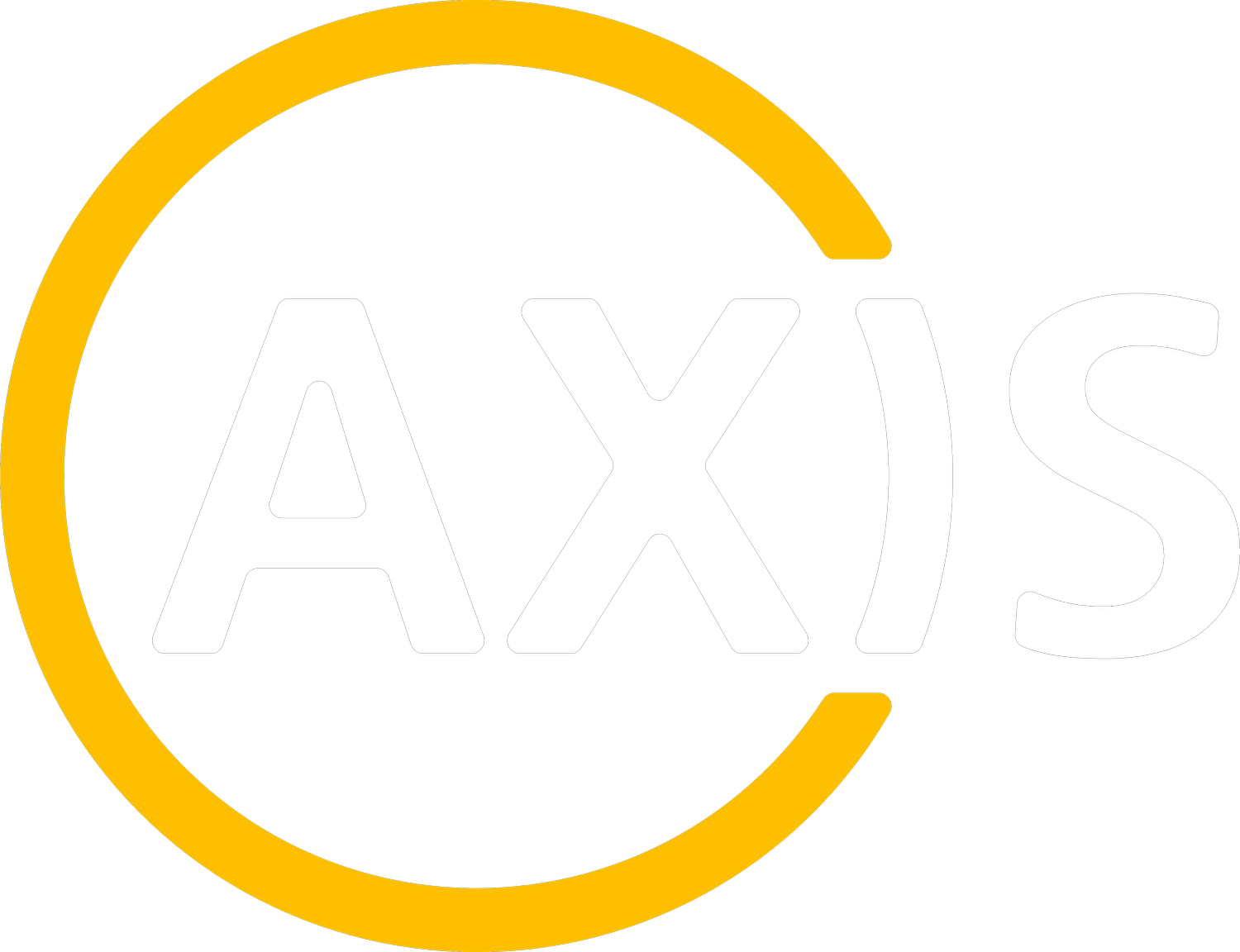Changing the Culture Around Measuring Competency: From Fear to Opportunity
Changing the Culture Around Measuring Competency: From Fear to Opportunity
In many organizations, workforce competency measurement is approached with hesitation. It’s not surprising—measuring competency often highlights gaps, and addressing those gaps brings challenges like accountability, resource allocation, and cultural change. However, this process doesn’t have to be viewed as a risk. By shifting the mindset from fear to opportunity, organizations can transform competency measurement into a strategic advantage.
Let’s explore why some companies resist measuring competency, the benefits of embracing it, and how to foster a cultural shift toward growth and improvement.
Why Organizations Avoid Measuring Competency
Competency measurement is often avoided due to:
Fear of Accountability - acknowledging gaps creates a responsibility to close them, requiring resources, time, and effort.
Resource Constraints - addressing identified gaps may strain budgets and stretch existing training programs.
Cultural Resistance - leaders may worry that exposing gaps reflects poorly on current practices or management.
Compliance Risks - documenting competency gaps could lead to scrutiny from regulators or stakeholders.
Focus on Immediate Deliverables - the pressure to meet short-term goals often overshadows long-term workforce development initiatives.
While these concerns are valid, avoiding competency measurement can lead to larger risks, such as skill shortages, inefficiencies, and higher turnover rates.
The Benefits of Measuring Competency
By embracing competency measurement, organizations unlock a range of short and long-term benefits:
Short-Term Wins
Targeted Training - pinpointing specific gaps ensures that training resources are used effectively, focusing on areas that will yield the greatest impact.
Improved Morale - employees value structured feedback and clear development plans, which boost engagement and satisfaction.
Risk Mitigation - identifying gaps early helps reduce the likelihood of safety incidents or compliance violations.
Long-Term Transformation
Talent Retention - iInvesting in employee development fosters loyalty and reduces turnover.
Operational Efficiency - competent teams perform tasks more accurately, reducing errors and associated costs.
Future-Ready Workforce - regular assessments ensure that skills remain aligned with evolving industry demands.
Data-Driven Decisions - competency insights enable leaders to allocate resources strategically and plan for the future.
Cultural Shift - embracing competency measurement builds a culture of accountability, learning, and continuous improvement.
Shifting the Culture: Turning Resistance into Opportunity
Transforming the perception of competency measurement requires intentional effort.
Here’s how organizations can make the shift:
Reframe Competency as Growth
Position competency measurement as a tool for progress, highlighting benefits like efficiency, reduced risks, and employee development.
Start Small
Pilot assessments in a single department to demonstrate quick wins and build momentum.
Leverage Technology
Use digital tools to simplify assessments, provide real-time insights, and streamline development plans.
Celebrate Successes
Share stories of employees who have thrived thanks to targeted training and development initiatives.
Engage Employees
Involve workers in defining competency standards and creating development plans, ensuring their buy-in and ownership of the process.
In conclusion, measuring competency is about building strengths, not just identifying weaknesses. While uncovering gaps may initially seem daunting, the long-term benefits—ranging from enhanced efficiency to a more resilient workforce—make it a worthwhile investment.
By shifting the culture around competency measurement, organizations can create an environment that values growth, accountability, and continuous improvement. The question isn’t whether to measure competency but how to begin. Are you ready to take the first step toward empowering your workforce and unlocking your organization’s full potential?

